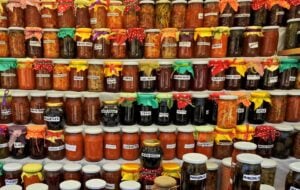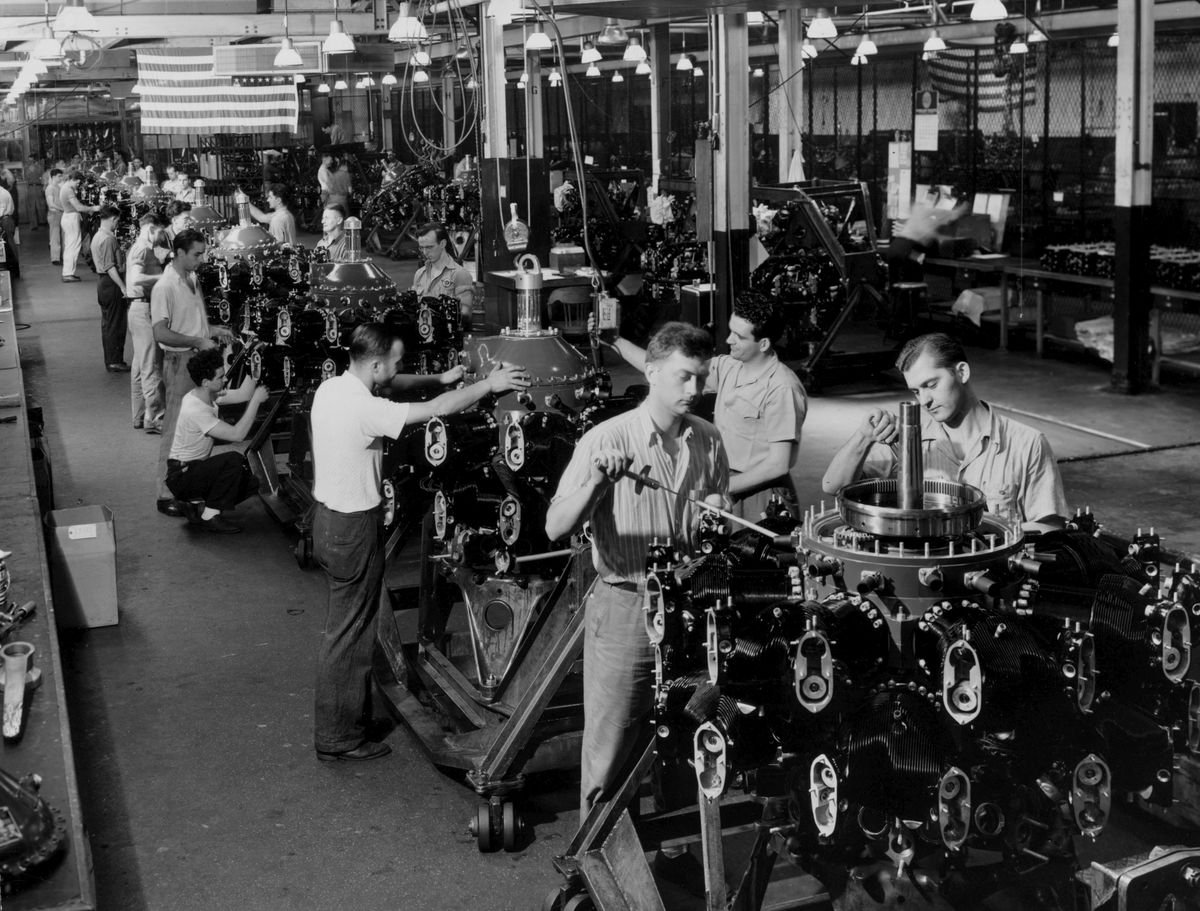In The Theory of Free Banking (1988), George Selgin offers a monetary reform proposal to go from the actual monetary system based on a monopolistic control of money to a competitive banking system (pp. 164-172).
There are different reasons (economic, institutional, political, psychological, etc.) why the return to banking based in a commodity like gold could be unfeasible, or very hard to achieve. However, Selgin uses the idea to freeze the monetary base as a transition to free banking (FRB). It should be noted that FRB in itself does not require gold to be the base money in place, the fact that this is what historically happened does not mean that FRB could not do with other alternative as base money. FRB requires something working as money in the market so that competitive issuer banks can issue their notes as claims on demand against it. Then, it might be possible to move towards FRB with fiat dollars as base money.
There are two important differences in place with a gold based FRB. The first one is that the dollars are easy to use as medium as exchange, there is no practical advantage in using a banknote against gold in the case of dollars as base money. For this reason the reform should came along with measures to increase the transaction costs of using dollars as medium of exchange (changing its denomination, size and color are some of Selgin’s thoughts). It is possible, then, that the public becomes accustomed to use the banknotes rather than the paper dollars. While banknotes are used for transactions, dollars remain in deposit. The second one is that paper dollars do not have use value. As dollars loose participation in the market its value will converge to zero if other assets can take the role of unit of account. What started as a fiat based FRB could become a commodity based FRB. Should that commodity be gold or another one will be a result of market itself. In that case dollars could become the useful vehicle to go back to a commodity base FRB.
Banknotes, however, were issued redeemable on dollars, this means that at some point issuer banks should start to issue their notes against the new asset. But another alternative is that banks could entertain the idea of moving to issue their own fiat money rather than redeemable notes if their clients trust them that much. This would be a scenario of currency competition. In this case banks offer a promise of stable currency, but their notes are not claims on demand against commodity money; if they do not hold to their promise they lose their clients, but they do not breach a contract. If banks move to currency competition, it would be like abandoning a dollar-standard rather than the gold-standard. If the profits of a one-shot hyperinflation strategy are high enough, then banks may be tempted to turn into fiat money. Banks may get higher profits today even if that causes them to shut down tomorrow due to the loss of clients.
Is it possible, then, that banks will turn into currency competition? Or will this move by some banks cause other competitors to stay in FRB as a best response strategy? Either way, if currency competition turns out to be stable, then the result is a competitive sound money system. If, on the other hand, currency competition becomes unstable, then banks will have incentives to move back to a commodity based FRB and gain new customers. Although there are two possible alternatives, as long as government stays out of banking it will be the market the one providing sound money.
Nicolas Cachanosky is a doctoral student in economics at Suffolk University, as well as a previous Sound Money Essay Contest winner.
Image by scottchan / FreeDigitalPhotos.net.



